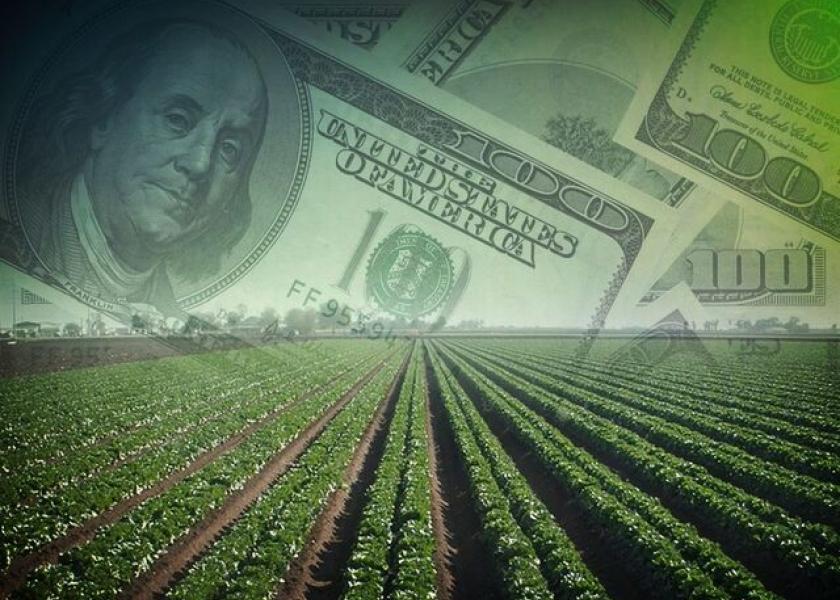How Much More Will The 2022 Crop Cost?

The 2021 corn and soybean crop has likely been the most profitable crop for these farmers since at least 2013. With 2022 prices remaining strong, many might assume that the 2022 crop will be just as good. However, just like everything else, there appears to be strong inflation in crop inputs for 2022.
My friend Chris Barron of Agview Solutions does a lot of consulting with corn and soybean farmers (along with other crops) across the corn belt. He has worked up a database of expected 2022 returns for corn and soybeans based upon their farm database.
First, assuming the farmer locks in current prices of $5.48 (corn) and $12.56 (beans), farmers will make money in 2022 even with higher inputs. The average yield in their database is 60 bushels (beans) and 204 bushels (corn).
Based on these numbers, corn is estimated to return about $155 per acre and beans will return about $70 per acre. This is after factoring a management return to the farmer for their time and labor of about $73 per acre.
Even though corn will return more than beans, the total cost per acre for corn is about $963 compared to about $683 for soybeans. This means that working capital requirements for 2,500 acres is about $700,000 higher for corn versus soybeans.
Some of the individual breakdowns are as follows:
- Nitrogen is about $95 higher per acre,
- Cash rent appears to be about $25 per acre higher,
- Return to management increases from about $63,000 to $73,000 or about 16% for 1,000 acres of corn,
- Seed is up about 7%,
- Machinery cost is up but these increases are built into the various components,
- Fertilizer is up 43%
The current corn:soybean ratio of 2.29 certainly favors corn even with higher costs. How will this change between now and planting. Will soybean prices increase to provide more incentive for farmers. Will there be enough inputs to plant all of the expected acres. We shall see.
If you are interested in getting a copy of this report, please send an email to Shay@agviewsolutions.com.







